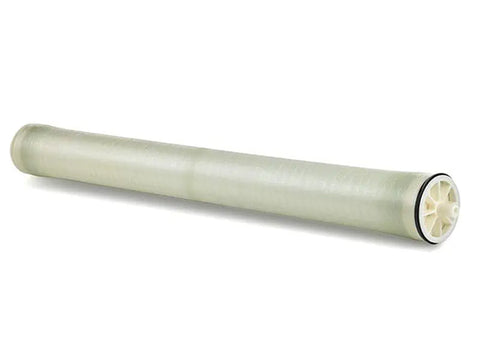
In Indonesia, clean water resources are dwindling due to population increase and climate change. Inefficient water use in households is one of the main causes of this problem. There is a need for real action to conserve clean water so that future generations can still enjoy this resource. Here are 7 effective steps we can take to contribute to the conservation of clean water.
1. Turning Off Faucets When Not in Use
Saving water can start from simple things like turning off the faucet when brushing your teeth, washing your face, or washing dishes. This habit sounds trivial, but if done consistently, it can save up to hundreds of liters of water every month. Teach family members, especially children, to always turn off the faucet when not in use.
2. Repairing Leaks

Water leaks from broken pipes or faucets can cause significant water wastage. Often, we are unaware of leaks due to their hidden location. Routinely check all the water installations in your home and repair them immediately if you find any leaks. This will not only save water but also reduce your monthly water bill.
3. Using Water Saving Devices
Technology has made it possible to save water through devices such as water-saving shower heads, sensor faucets, and efficient flush toilets. Investing in these devices will have a big impact in the long run, not only saving water usage but also contributing to cost savings.
4. Collecting and Using Rainwater
Rainwater harvesting is a wise way to conserve clean water. Rainwater collected can be used for watering plants, cleaning the yard, and even for sanitation purposes. Installing a rainwater harvesting system at home can be a profitable long-term investment.
5. Watering Plants at the Right Time

Watering plants early in the morning or late in the evening can reduce evaporation, so plants get the most benefit from the water used. Use drip irrigation methods for higher efficiency, and choose plants that do not require a lot of water.
6. Using Washing Machines and Dishwashers Efficiently
The washing machine and dishwasher are two household appliances that use a lot of water. To save, use them only when they are full. Also, choose washing machines and dishwashers with a high water efficiency rating to reduce water consumption.
7. Using Water Wisely in Gardens and Parks
Gardens and gardens often require a lot of water. Choose native or drought-tolerant plants that require little water. Practice mulching to keep the soil moist, and use efficient irrigation methods such as drip irrigation systems.
8. Timing the Shower

Limit your shower time.
9. Choose Plants that Need Less Water
In gardening, choose plants that do not require much water. Plants such as cacti, lavender, and some shrubs can grow well with little water.
10. Wash Your Vehicle the Water-Wise Way
Use a bucket and rag instead of a hose when washing your vehicle. This saves a lot of water compared to washing with a hose that runs continuously.
11. Installing a Water Meter
Install a water meter to monitor water usage. This helps in determining excessive water usage and allows you to adjust your habits to save water.
12. Planting Trees and Ground Cover Plants

Plants and trees not only provide environmental benefits but also help maintain soil moisture and reduce watering needs.
13. Avoiding Rush Hour Water Usage
Avoid using water for non-essential activities during peak hours. This helps maintain water pressure and water availability for essential uses.
14. Using a Bucket When Washing Dishes
Instead of letting the water run when washing dishes, use a bucket or sink. This limits the amount of water used.
15. Water Education and Awareness

Lastly, it is imperative to educate families and communities about the importance of saving water. This awareness will help in adopting more eco-friendly and water-saving habits.
Our Message
Through these 15 steps, we have seen various practical and effective ways to save clean water. These steps not only help us in our daily lives but also contribute to global efforts in conserving this precious water resource. Saving water is not just about reducing usage; it is also about changing the way we think and act towards natural resources.
However, it is important to remember that the challenges we face in terms of clean water availability are not just limited to efficient usage. Many other factors, such as geographical conditions, climate change, and water resources management policies, also play a key role.
To understand more about the importance of water and the reasons why some regions face clean water shortages, I invite you to read our other articles: 10 Factors Causing Clean Water Shortages in Many Areas and Their Consequences. This article provides greater insight into this global issue and the importance of our actions today for a more sustainable future.

.png?width=50&height=50&name=Logo_Watermart_Perkasa-removebg-preview%20(1).png)


